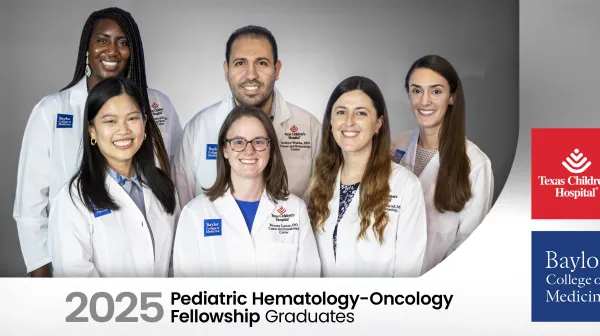The past 10-20 years have brought exciting developments to the field of diabetes management, but tools such as insulin pumps and continuous glucose monitoring (CGM) systems are just the beginning. The newest iterations of these technologies incorporate algorithms that automate insulin delivery to achieve optimal glucose management in difficult situations.
“What we see is not just an improvement in our clinical outcomes in the way of a lower hemoglobin A1c and more time spent in range, but what I notice in my practice is the burden of diabetes management being lifted by these systems, allowing my patients to think less about diabetes and more about just being a kid,” said Daniel DeSalvo, MD, director of strategic collaboration at the Texas Children’s Diabetes and Endocrine Care Center.
Responsive CGM
A CGM device typically comprises a sensor placed under the skin and a transmitter to relay glucose data to another device. The latest iteration of this technology, closed-loop automated insulin delivery systems, transmits CGM to an insulin pump with algorithms to dispense an appropriate amount of basal insulin in response to projected glucose levels. Texas Children’s has been working with manufacturers to make these systems safe and available to children. Their clinical trials were integral in the approval of a device in August 2022 for ages 2 and older.
While these advances are exciting, it can be hard to make them available to every patient who would benefit. Insurance coverage can be very restrictive for even standard CGM.
“Prior to 2020 we did not have Texas Medicaid approval for CGM, so this meant that we had inequities in access to these devices. Through advocacy efforts from our diabetes quality improvement and clinical care teams, patients and families, and Texas Children’s Hospital, we were able to advocate for coverage. Since April 2020, CGM has been fully covered by Texas Medicaid,” said Dr. DeSalvo. He hopes that the latest closed-loop automated insulin delivery system approved by FDA for pediatrics will receive Texas Medicaid coverage in 2023.
How to leverage the data
The volume of data available from CGM can present a problem for busy providers who may not have time to wade through pages of glucose readings. Texas Children’s is piloting a program that allows for remote monitoring of CGM data, meaningful consolidation of that data through machine learning and tactical clinical interventions as needed. Dr. DeSalvo is excited to see this program “make that data actionable so that we can have our clinical care team reach out to families proactively instead of waiting until they are in a crisis.”
New frontiers in diabetes management
Researchers are investigating biohormonal therapies that may use insulin as well as glucagon to allow for tighter control of glucose levels. Research is also looking into ways to encapsulate beta cells so that, when infused into the body, they can produce insulin without being destroyed by the immune system. Gene editing is another possible avenue for changing the way medical providers think about and manage diabetes.
“We celebrated the centennial of the discovery of insulin in 2021, and it’s so amazing how far we’ve come in the last century. I am hopeful that the next 5-10 years will bring as much innovation as the last century combined. What that ultimately means is improving the lives of children with diabetes and their families, and what an incredible mission we get to be on to be a part of that,” said Dr. DeSalvo.
To refer a patient to the Texas Children’s Diabetes and Endocrine Care Center, call the Provider Connect team at 877-855-4857.





